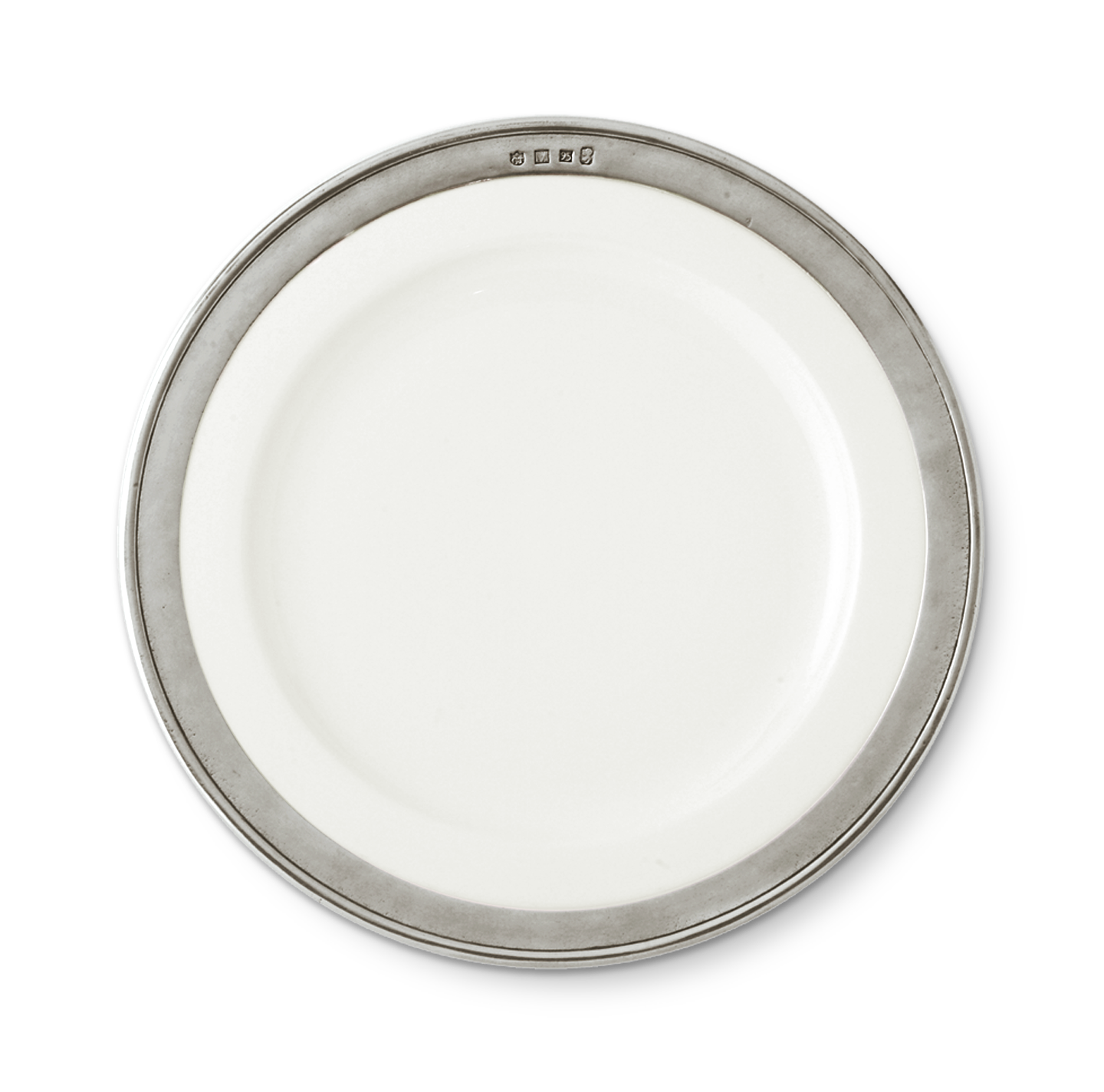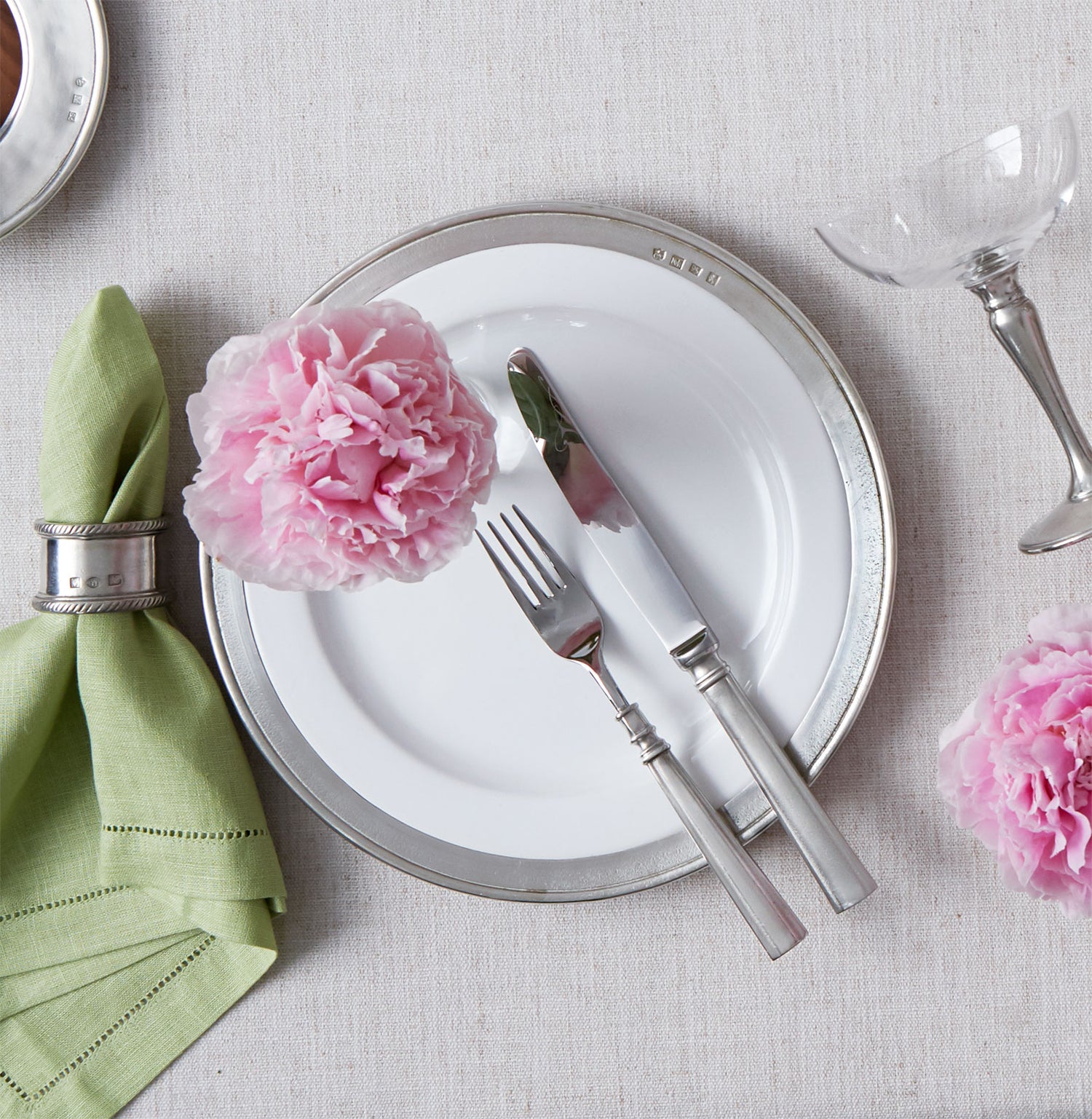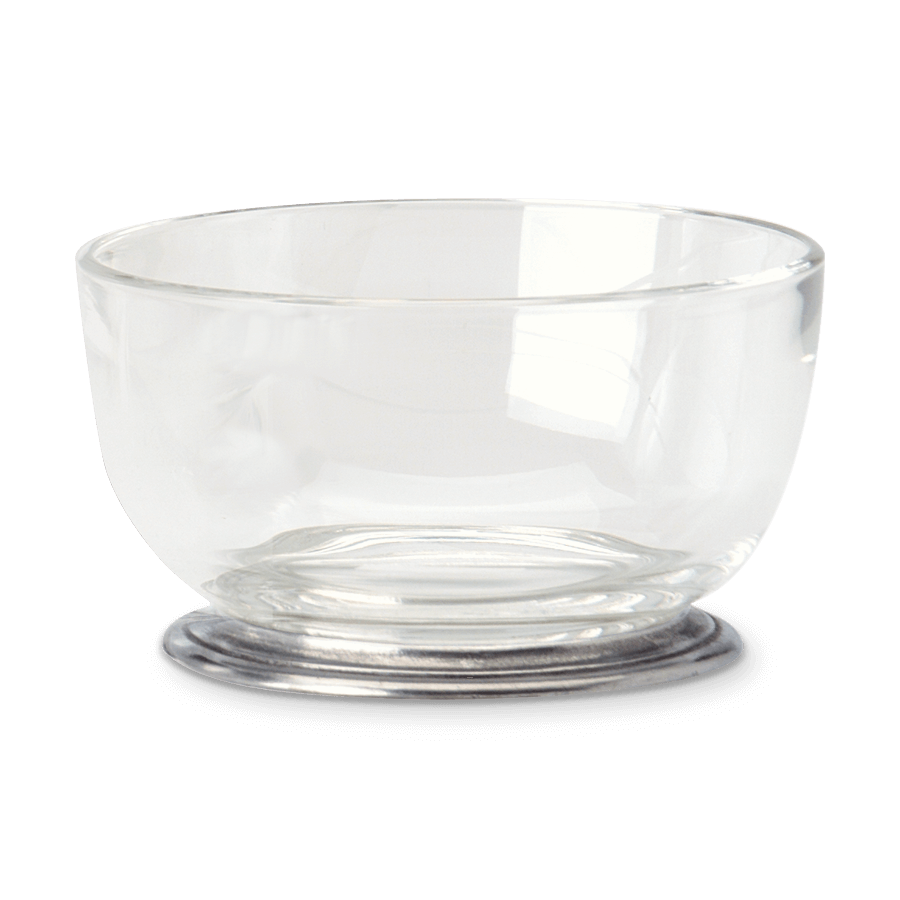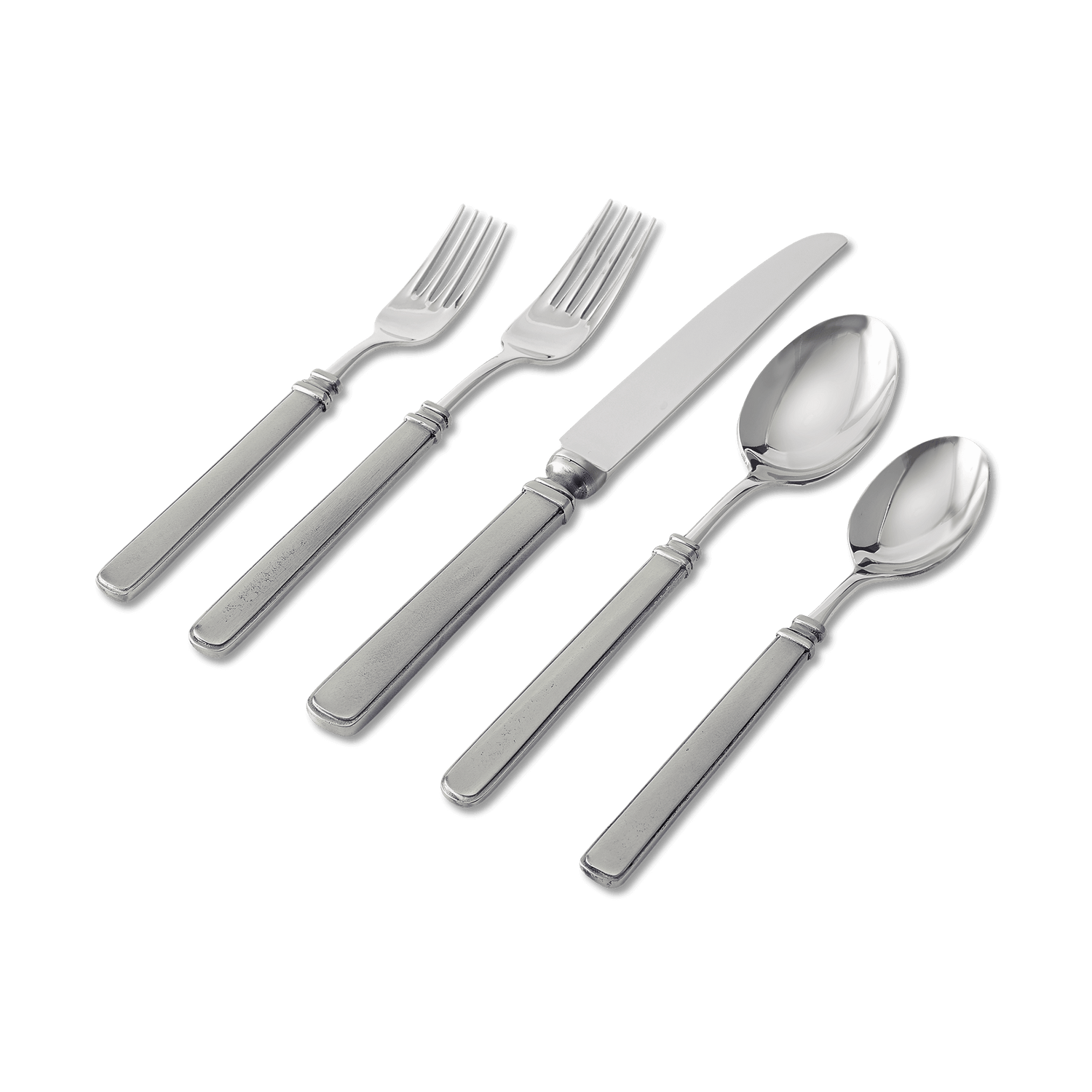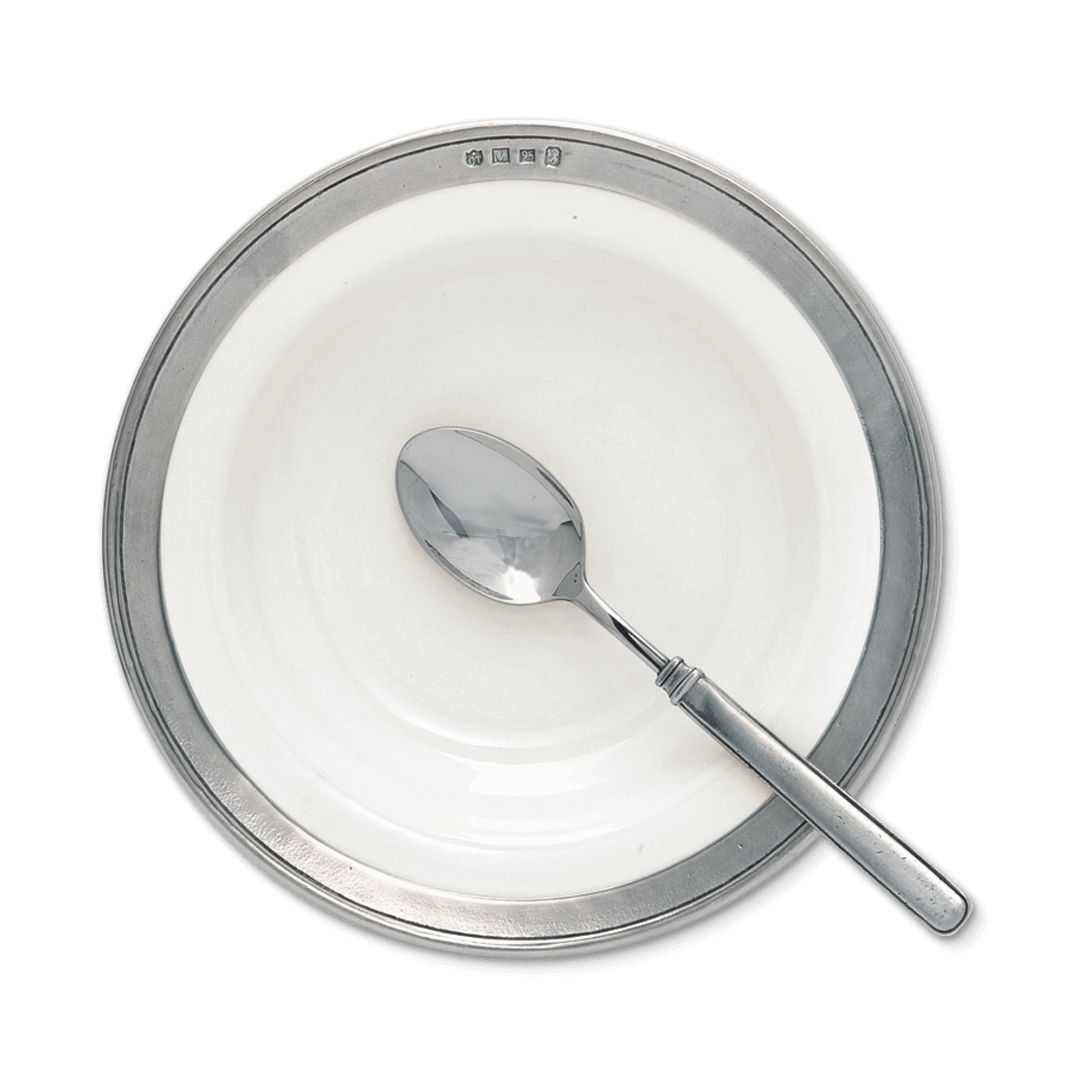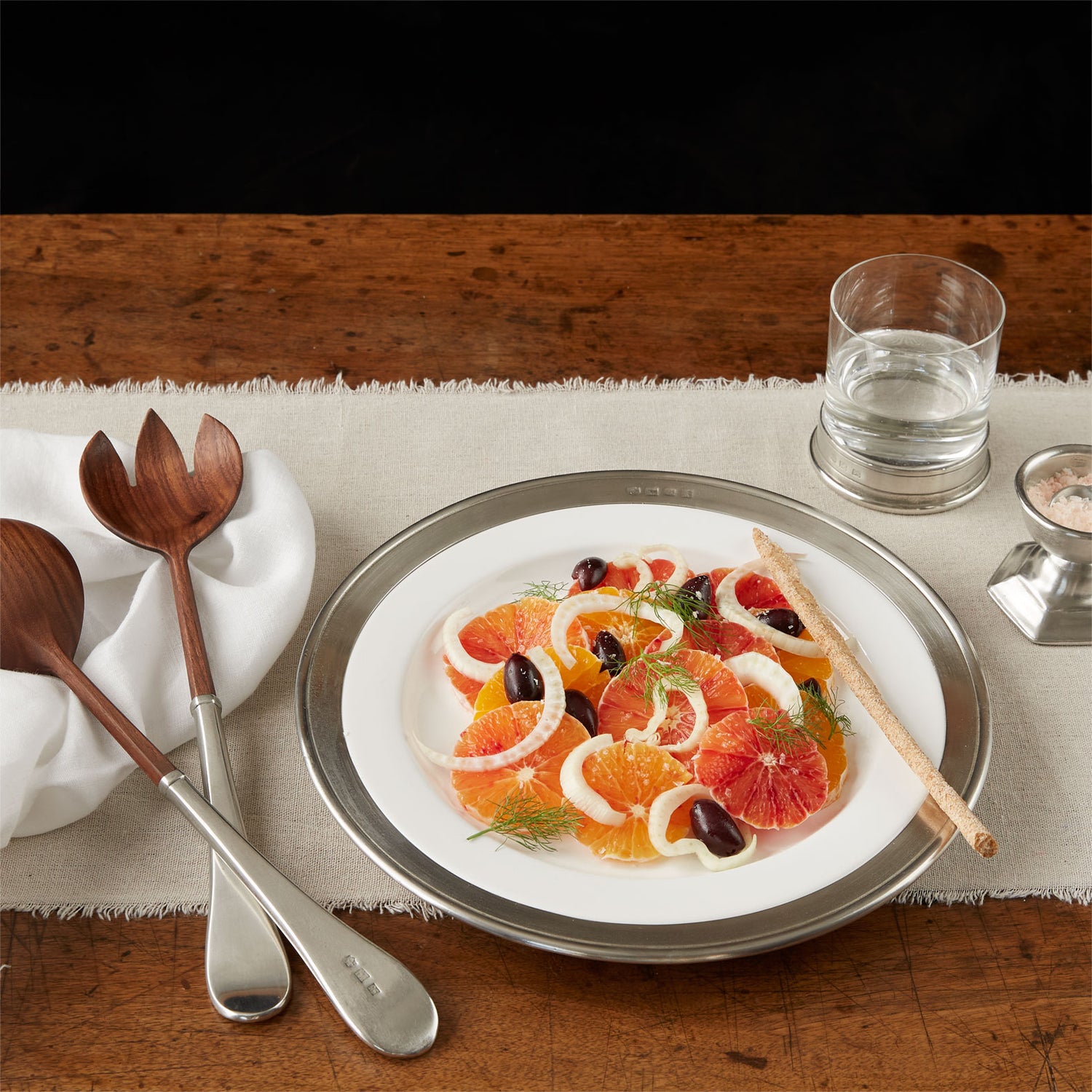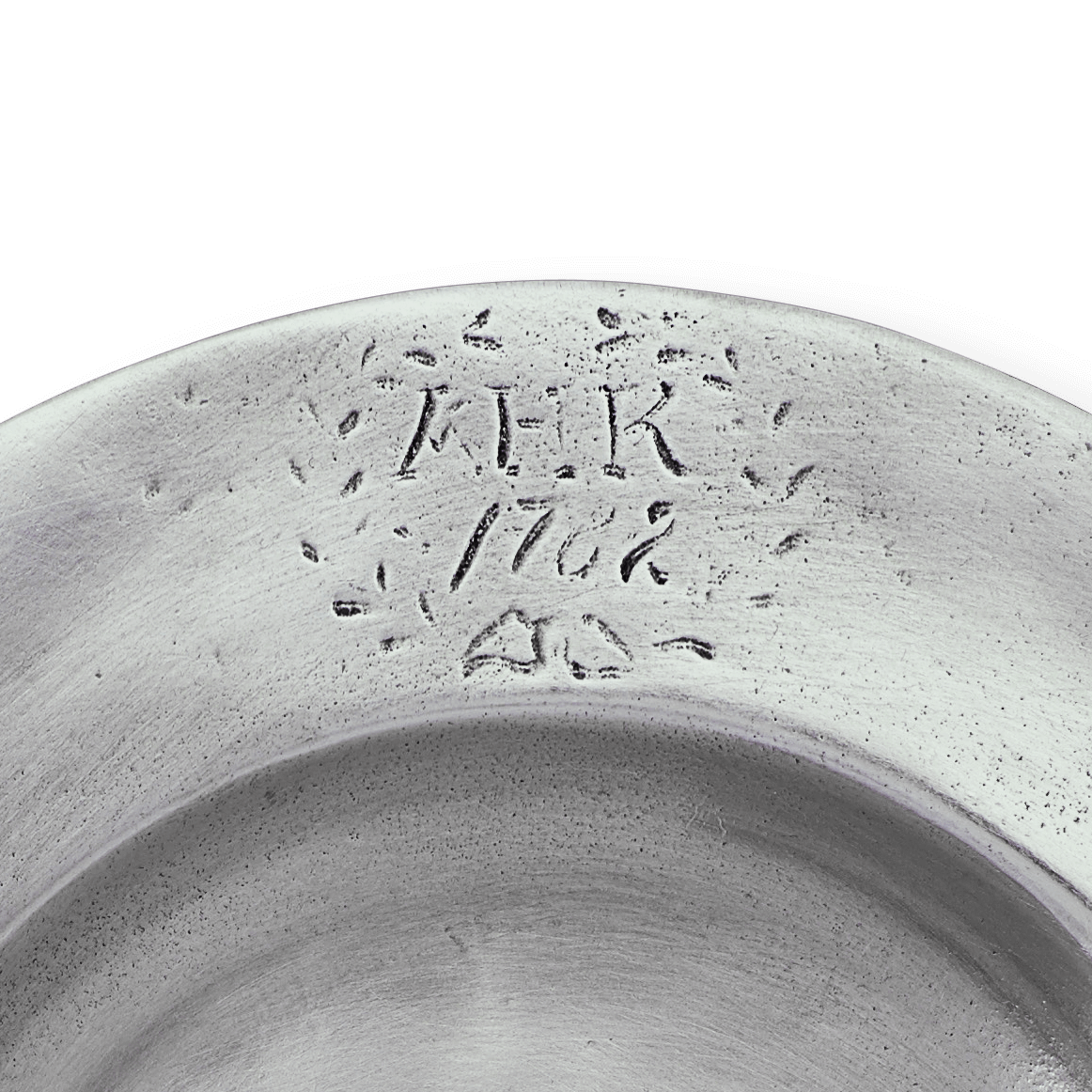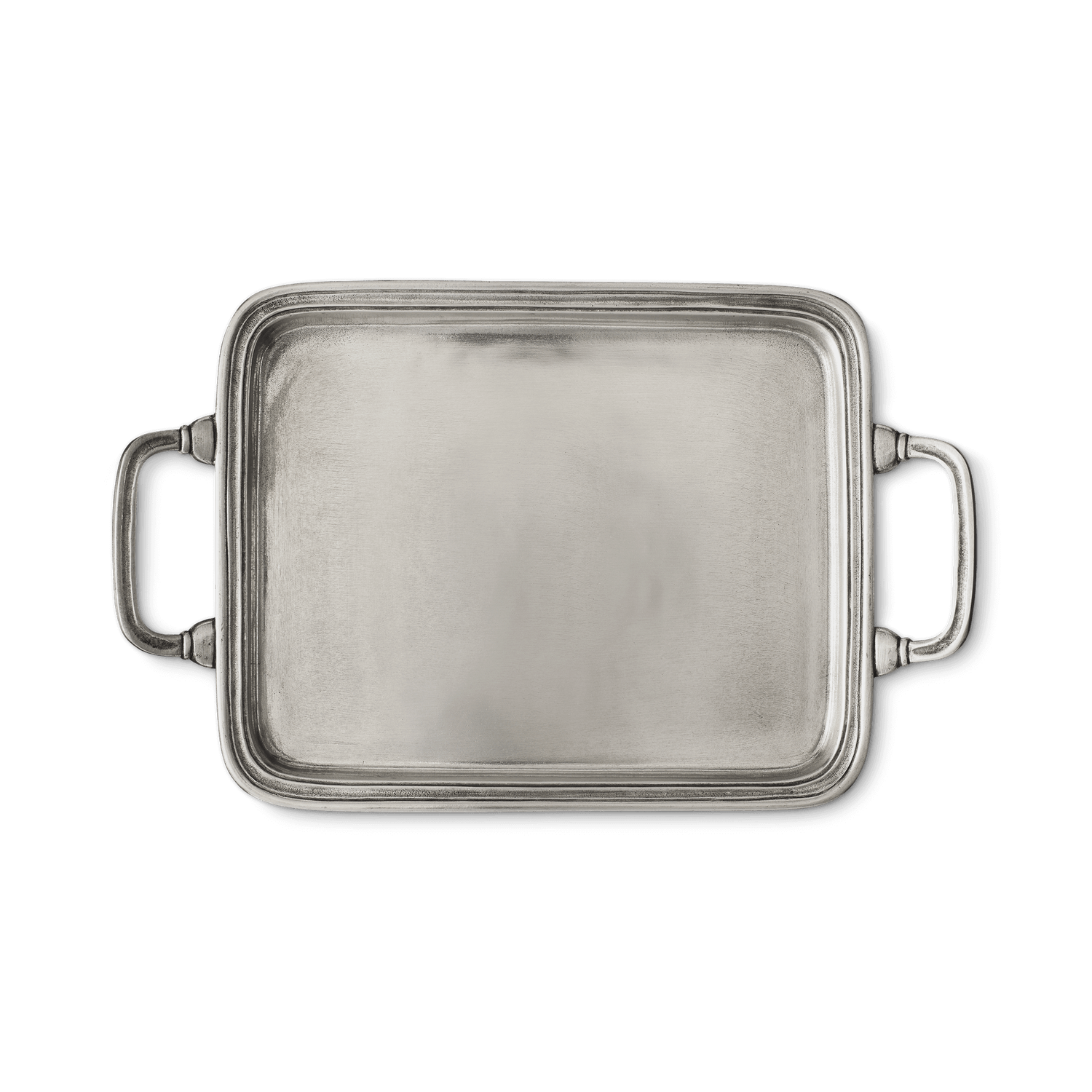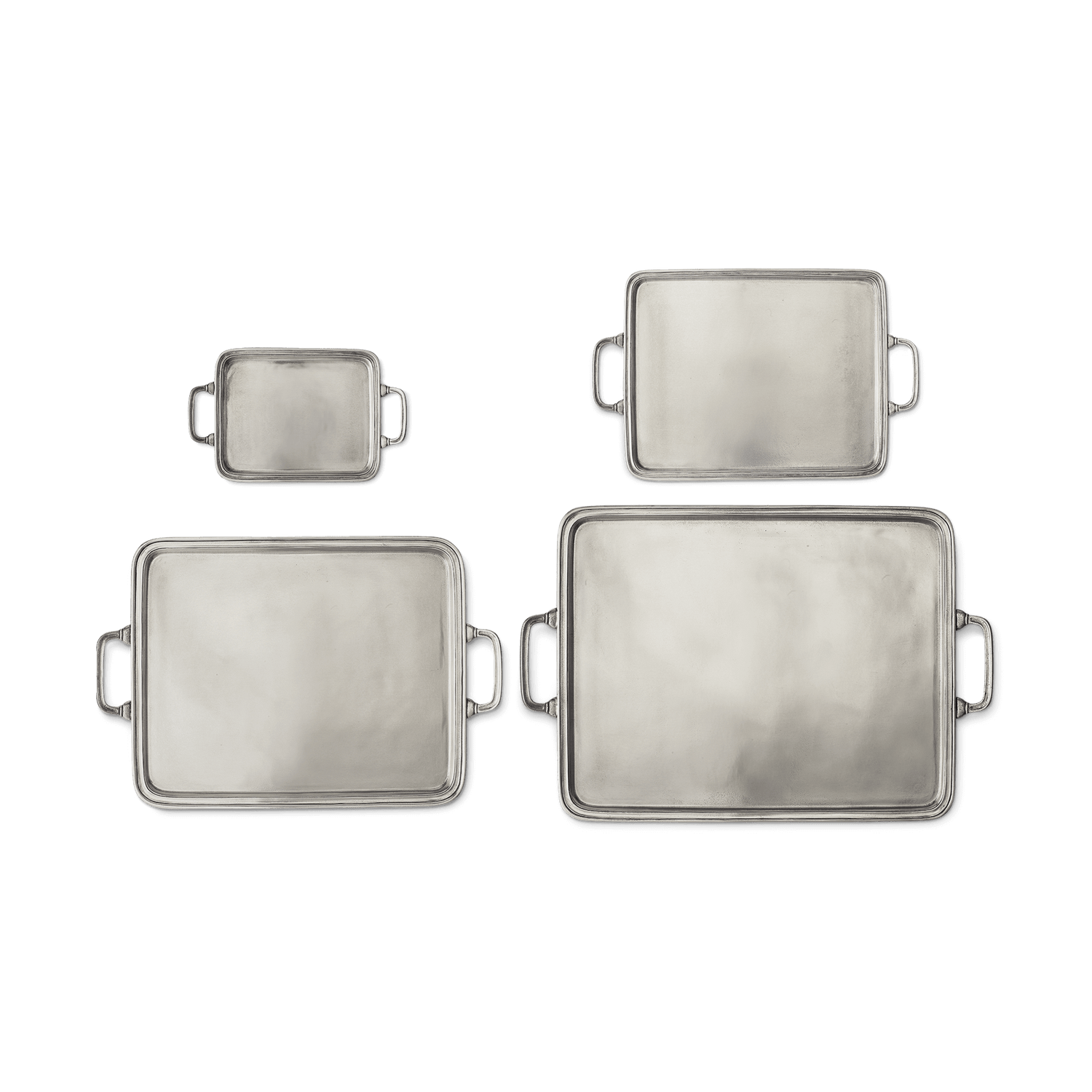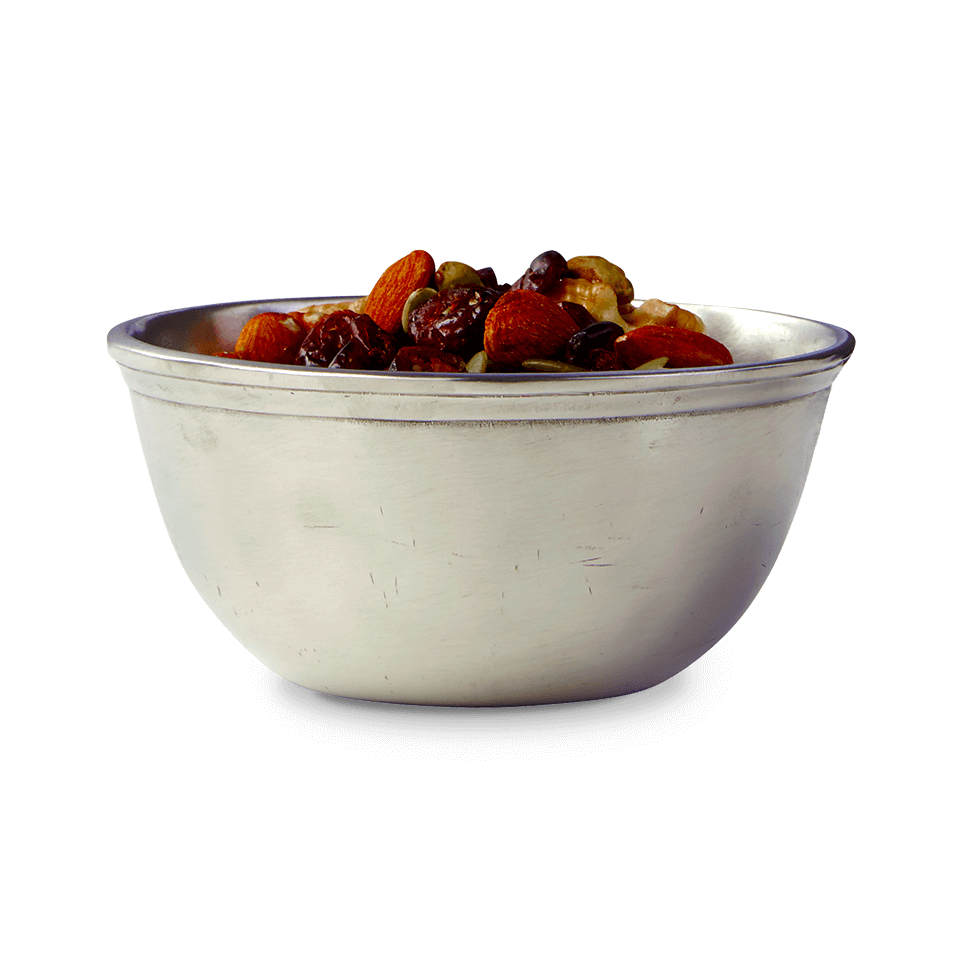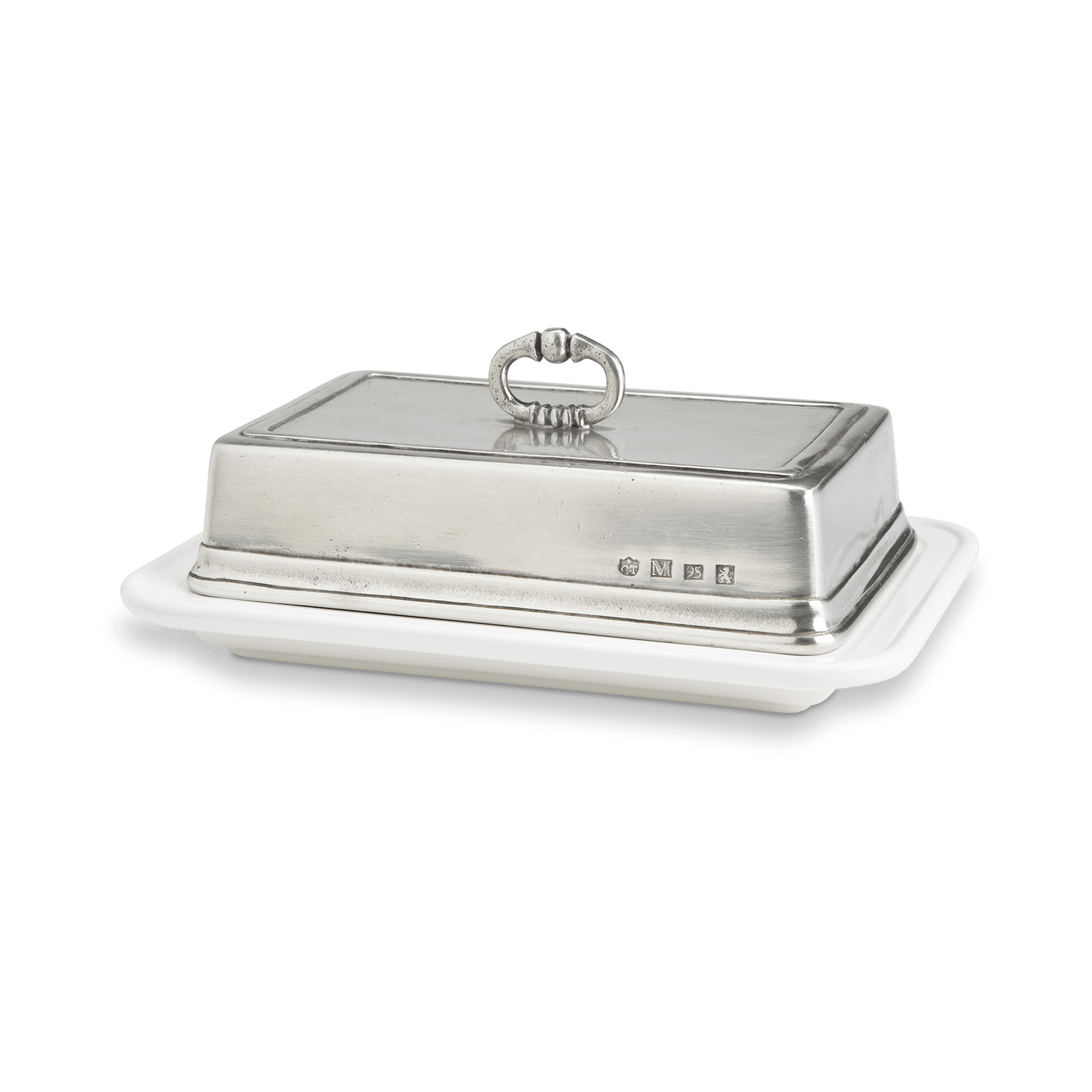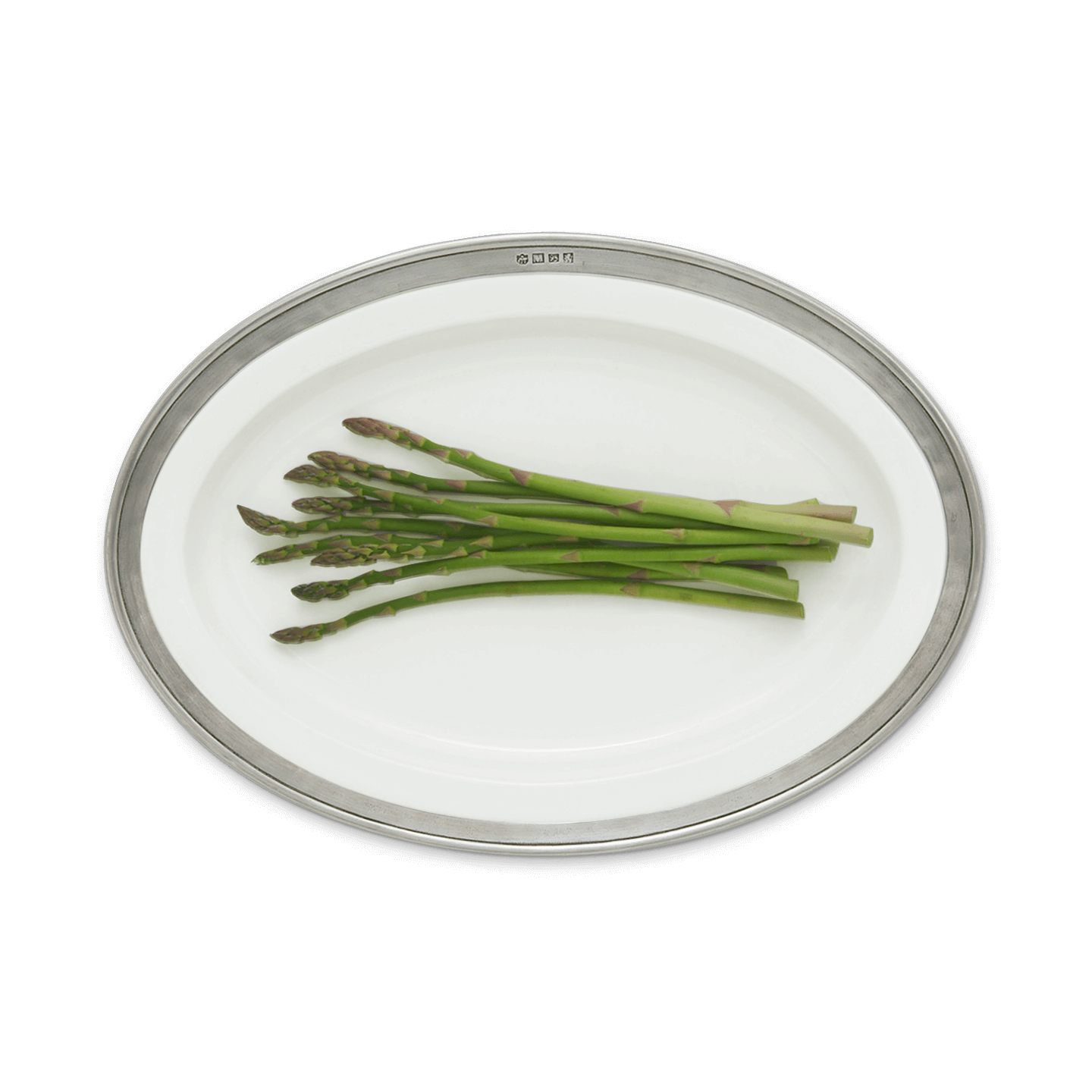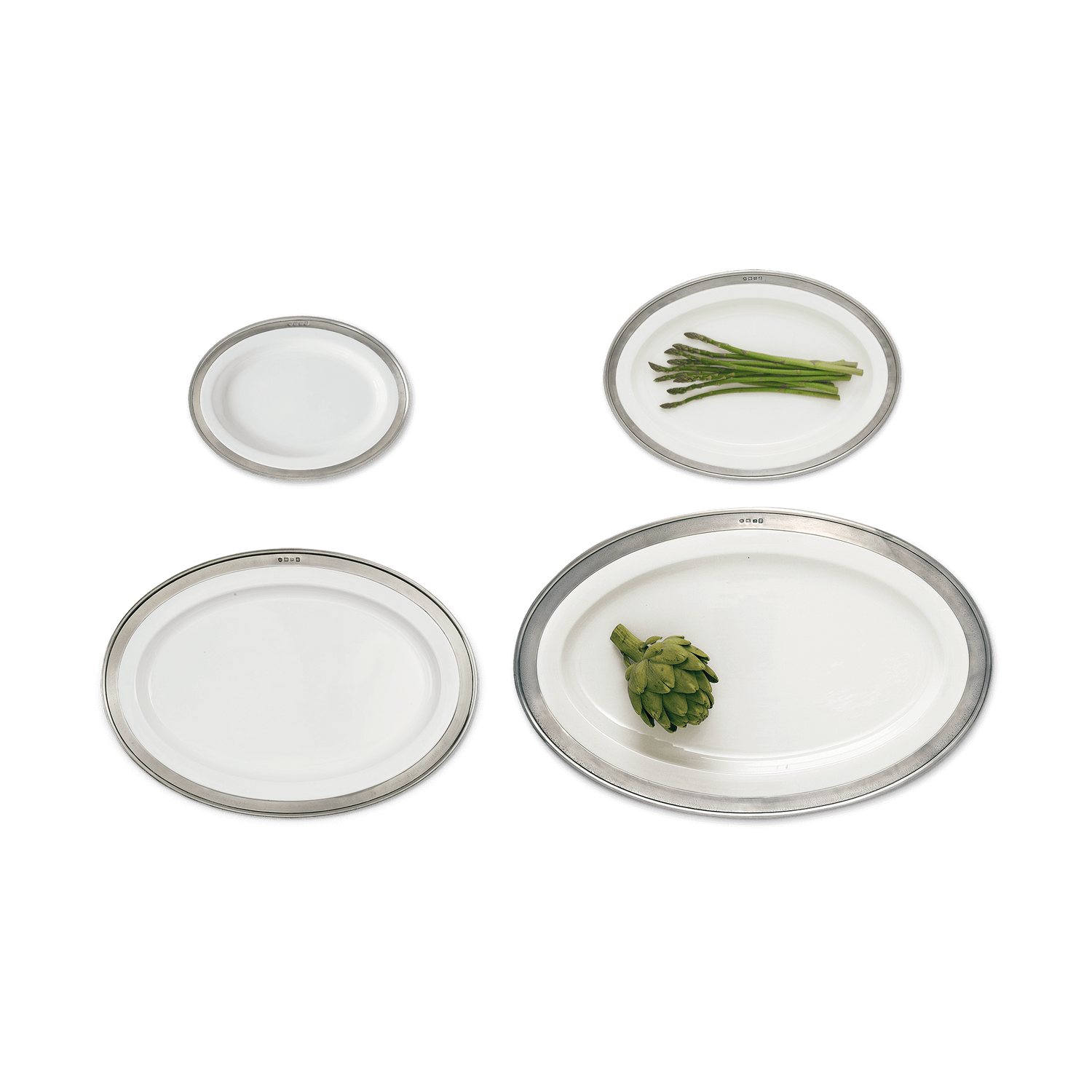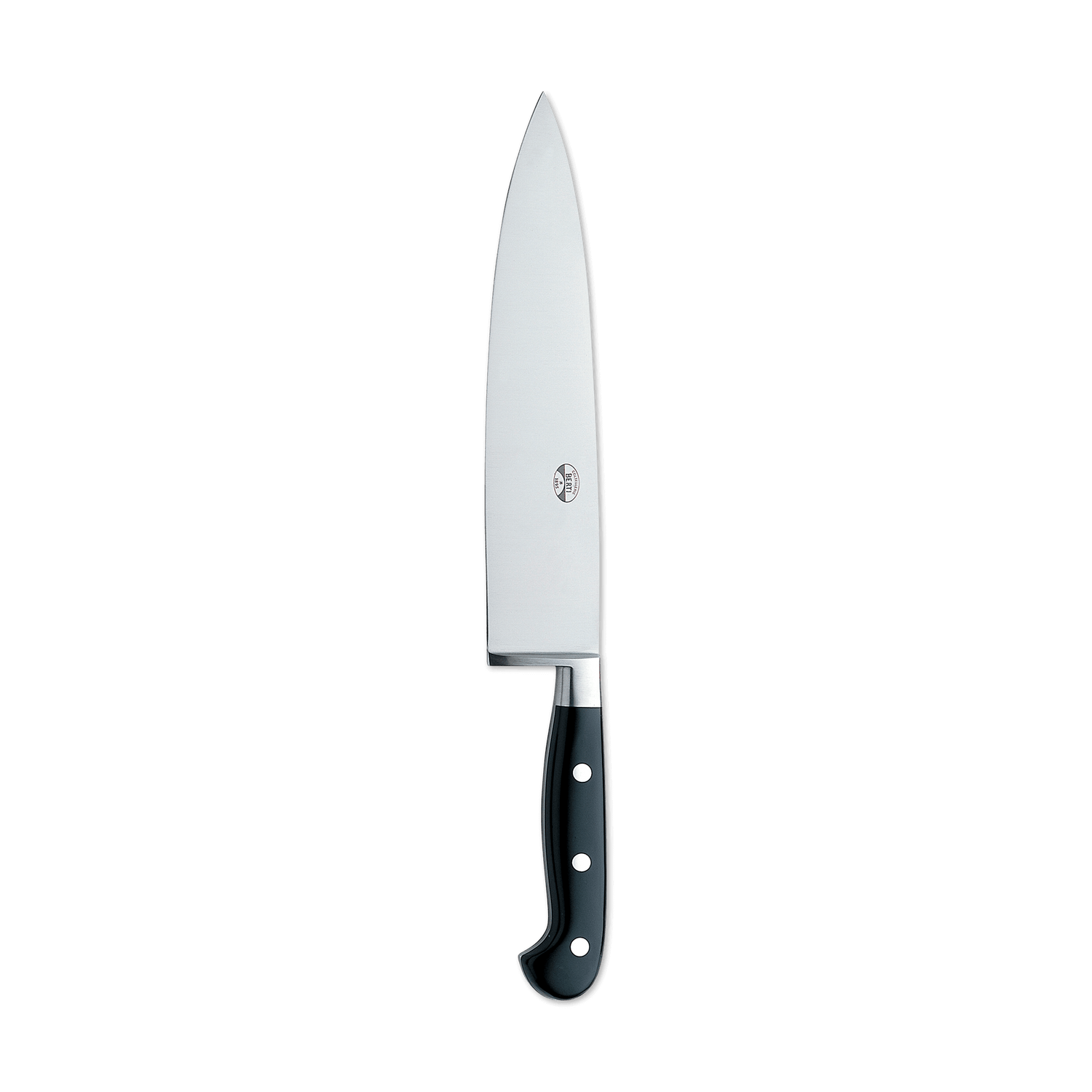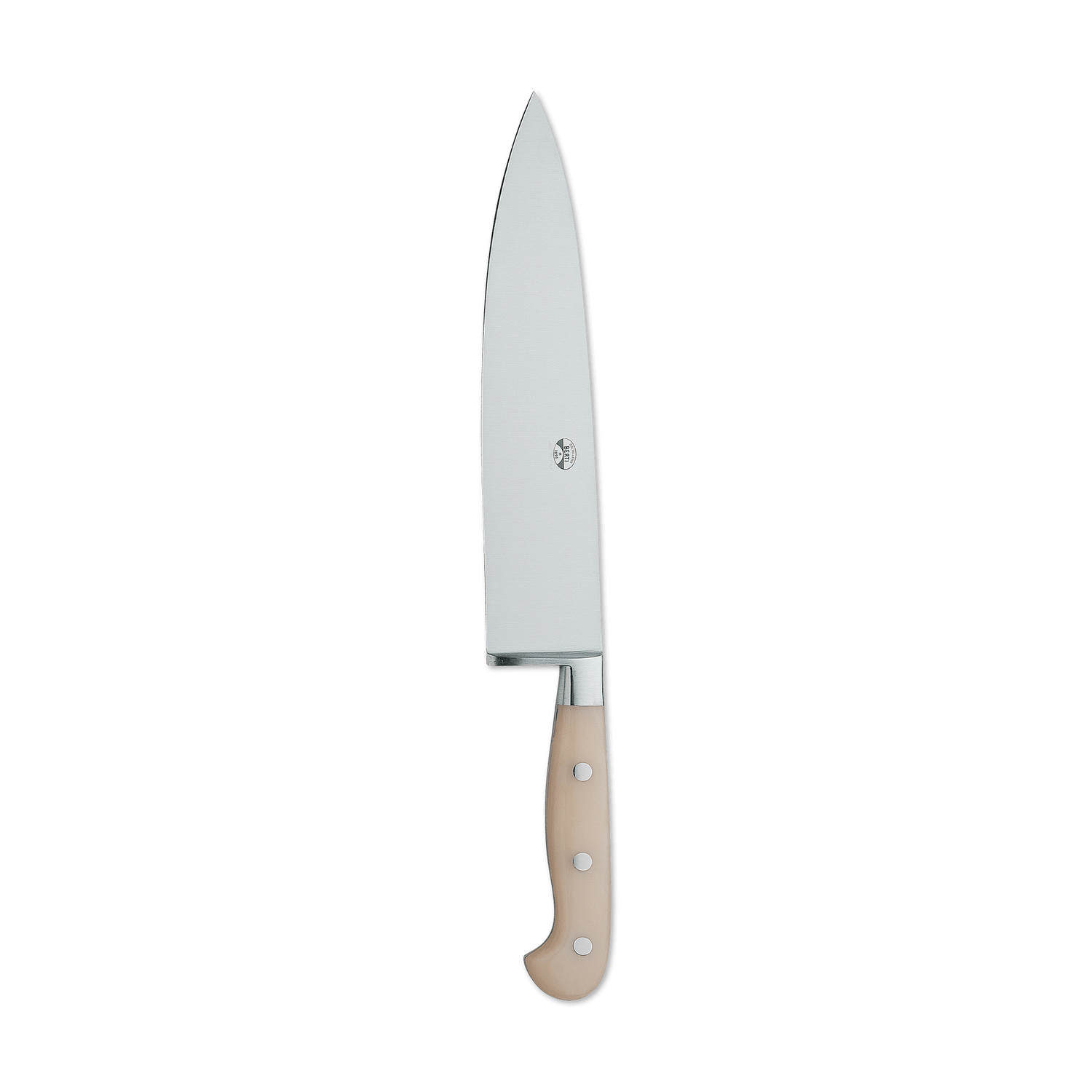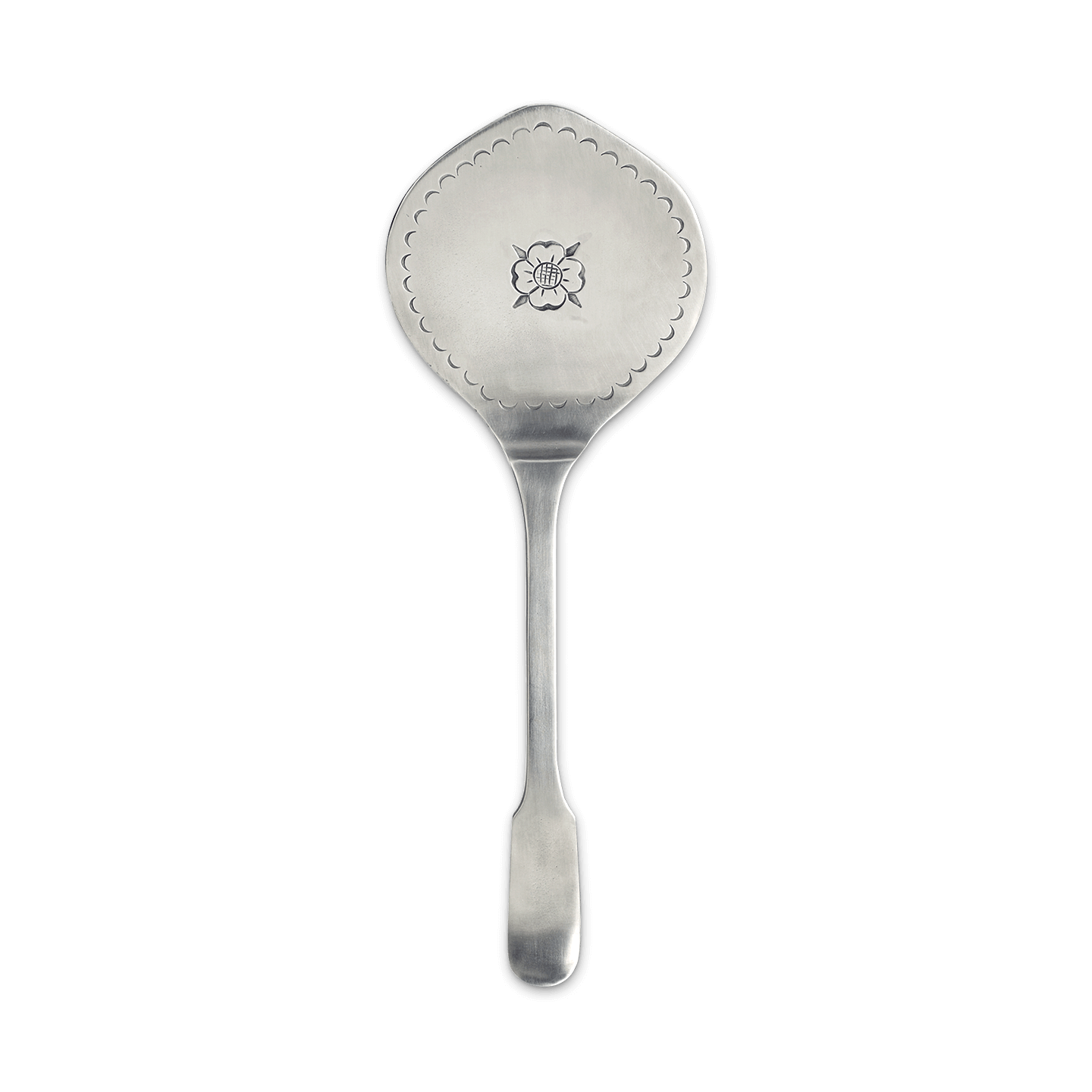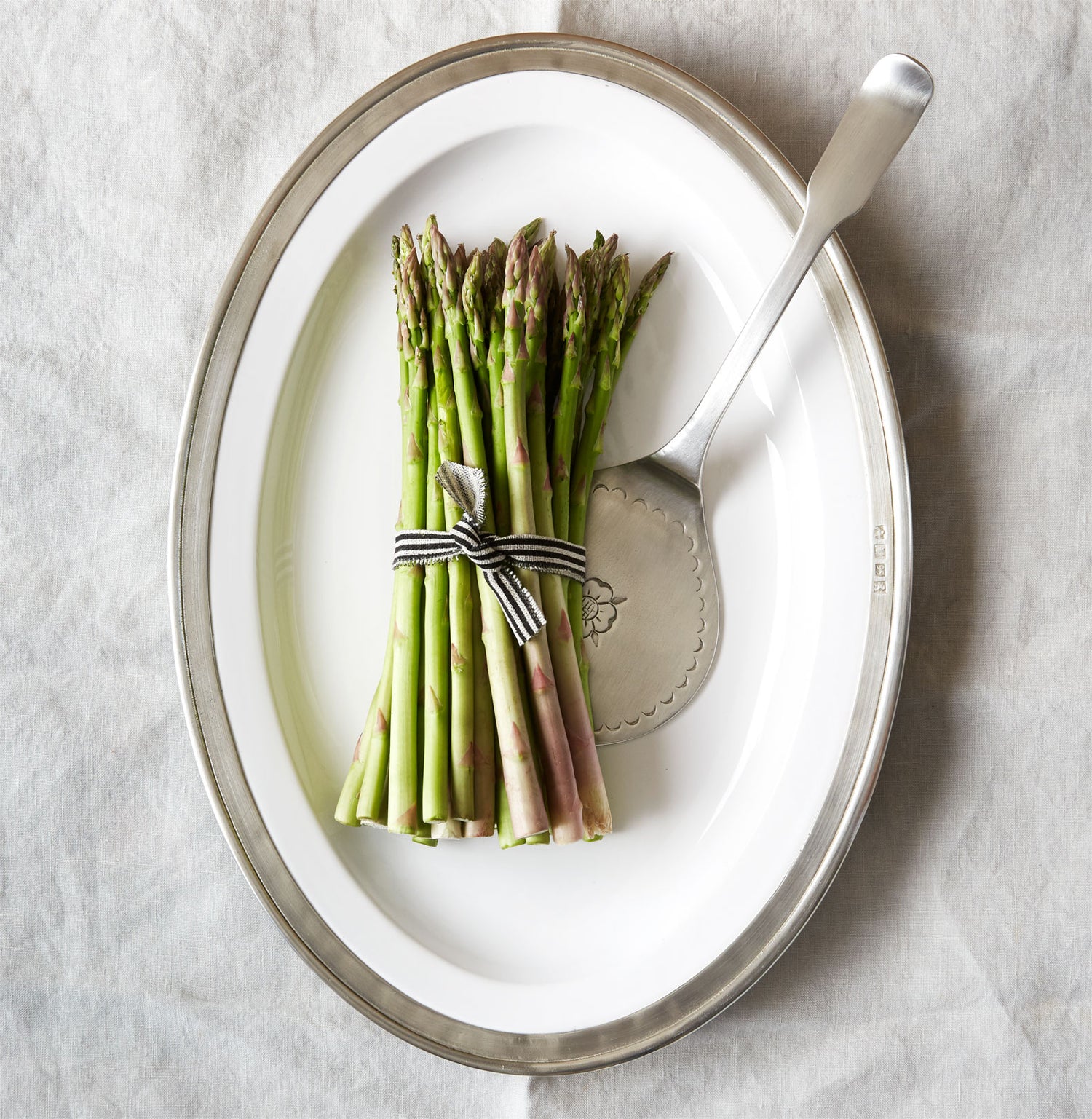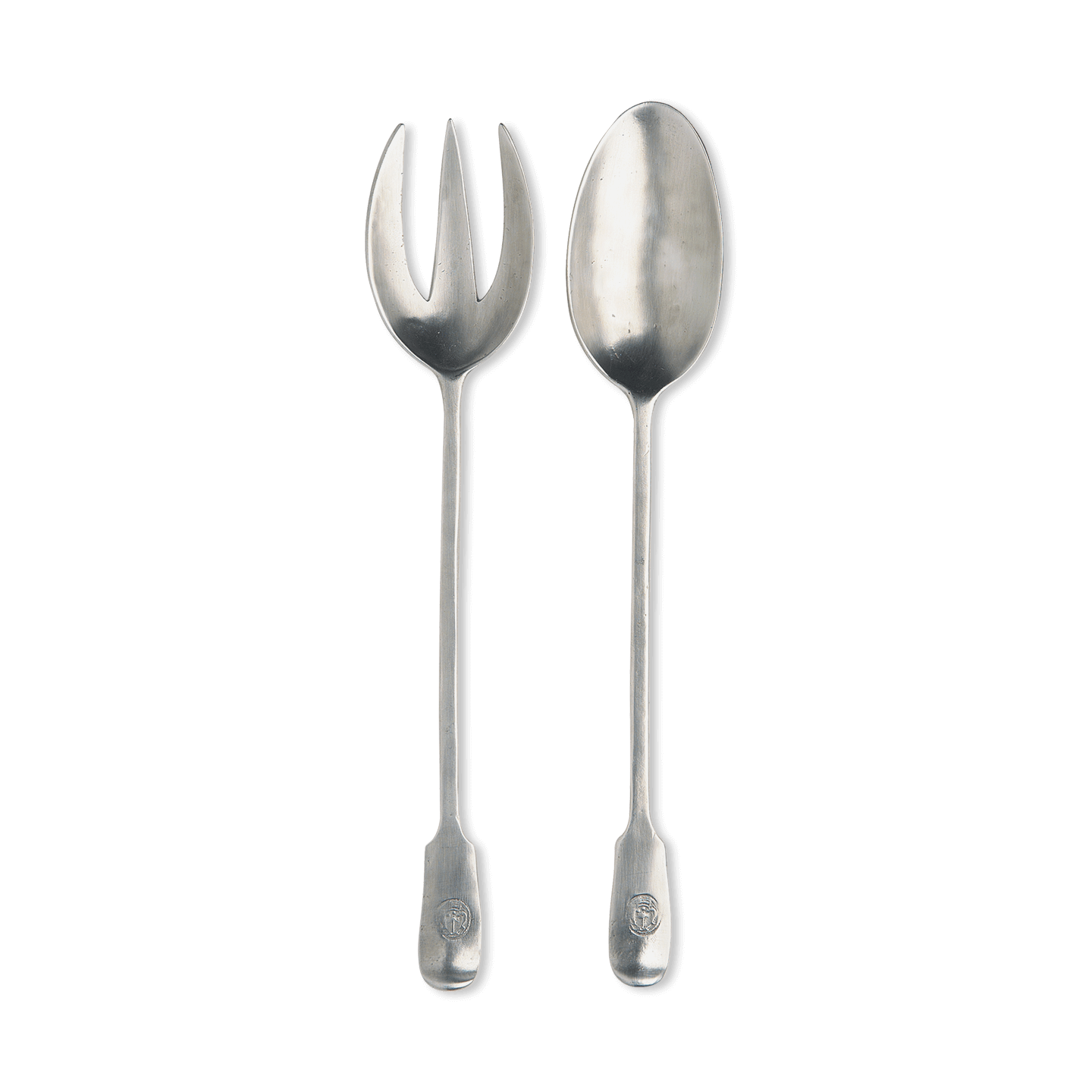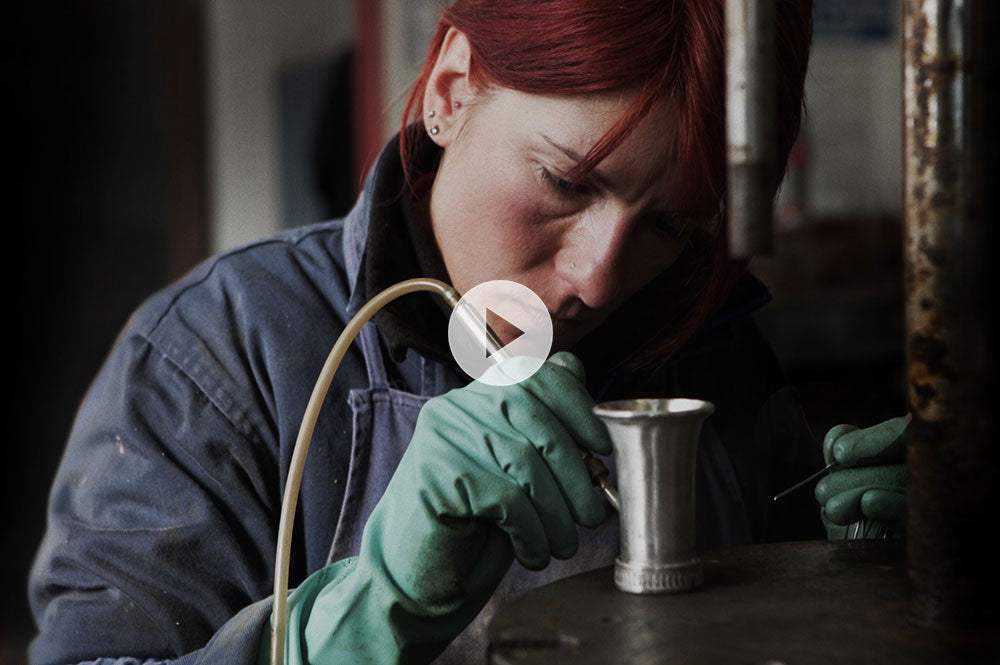I had always been hesitant to try making the first recorded recipe for the famous Genoese pasta shape called “trofie” because it was made with a potato gnocchi dough. I couldn’t understand how such a dough could stand up to the shaping. I imagined that instead of being drawn across the pasta board and forming corkscrew curlicues, the pieces of dough would just smear across the board. Tears would surely follow.
And yet, this simple dough made of equal parts potatoes and flour is actually very user-friendly. It was delightful to work with, but more importantly, it had a sumptuous, cushiony mouthfeel — the perfect base for the famous Genoese pesto. The first documented recipe for pesto included butter, even though Liguria was renowned for its olive oil. This shocking bit of news hit hard when it was revealed, but it is all right there in the La cuciniera genovese (1863). I have prepared it here with the modern recipe, but in the video I’ve prepared it the traditional way with a mortar and pestle. This method yields a more aromatic result, though you’ll still get excellent results using whatever timesaving contraption you have.
As I was crushing the basil leaves, an oral history interview I had done with a woman from Liguria came to mind. She reminisced about how, on Sundays, the sound of women pounding pesto echoed throughout her town of Oneglia.

From left to right: pesto ingredients, the pasta, finished pesto.
Trofie al Pesto
Serves 4
(Watch the video above)
Pasta
- 250g potatoes, peeled
- 250g semola rimacinata (widely available in the U.S.)
Pesto
- 1 large clove garlic
- ¼ tsp salt
- 20g pine nuts
- 50g basil
- 5 tbsp grated Parmesan
- 3 tbsp aged Sardinian Pecorino
- 100–150ml olive oil
Preparation
- Steam the potatoes and rice them onto the flour. Knead well for 5-10 minutes until very smooth and elastic. Cover with plastic wrap for an hour.
- Blend the pesto ingredients — but avoid letting them homogenize. Add half a teaspoon of lemon juice if you want to preserve the color.
- Make the trofie as shown in the video.
- Roll pieces of the dough out into a log.
- Cut that into small pieces. Give the piece a roll under the palm of your hand, then apply more pressure thinking about moving both to the left and down the board (or countertop) at the same time. If you haven’t done it before, it will take a bit of practice.
- Boil the pasta 5 minutes, dress and serve.
